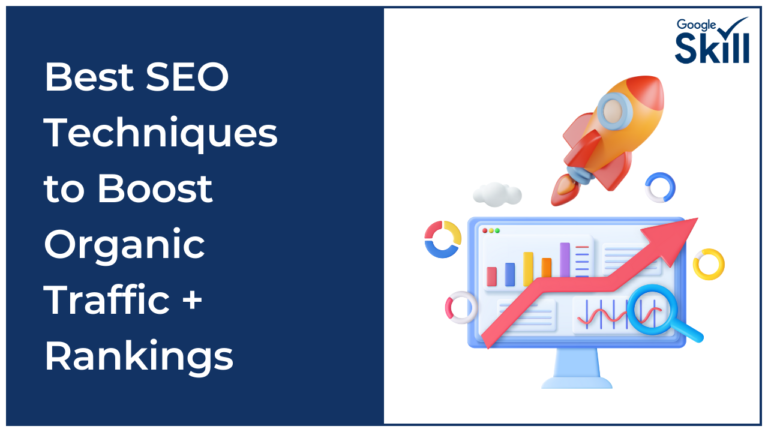
It’s important to stay ahead of Google algorithm updates to maintain and improve your website’s search engine visibility. Google regularly updates its algorithms to increase the quality of search results, which can affect the ranking of websites. Here are strategies to help you understand and stay ahead of algorithm updates:
- Stay Informed: Follow reputable SEO news sources, Google’s official blogs, and industry experts to receive timely information about algorithm updates. This will help you stay prepared for any upcoming changes.
- Monitor Performance Metrics: Regularly monitor key performance metrics like organic traffic, rankings, click-through rates, and conversion rates. Significant drops or spikes may indicate algorithm changes.
- Analyze Google’s Official Announcements: Google occasionally announces major algorithm updates. These announcements often provide information about the purpose and focus of the update. Adjust your strategy based on the information given.
- Understand Core Algorithm Updates: The main updates target overall search quality and may affect a wide range of websites. Analyze how these updates affect your site’s visibility and adjust your content and optimization accordingly.
- Focus on Quality Content: Algorithm updates are increasingly prioritizing high-quality, relevant, and authoritative content. Create comprehensive, well-researched content that meets user needs and provides value.
- User Experience Matters: User experience, including page speed, mobile-friendliness, and ease of navigation, is important for SEO. Google’s algorithm updates often reward sites that provide a seamless user experience.
- Mobile Optimization: With mobile-first indexing, make sure your website is optimized for mobile devices. Test its responsiveness and make sure mobile users have a positive experience.
- Diversify Traffic Sources: Relying only on organic traffic from Google can be risky. Diversify your traffic sources through social media, email marketing, referral traffic, and other channels to reduce reliance on search traffic.
- Stay White-Hat: Avoid black-hat SEO techniques that manipulate search rankings, as these tactics may result in penalties when algorithm updates detect them.
- Adapt to E-A-T Guidelines: E-A-T stands for expertise, authority and credibility. Google’s quality rater guidelines emphasize E-A-T, so demonstrate your expertise and authority in your field through well-researched content and author profiles.
- Regularly Update and Refresh Content: Keep your content up to date by revisiting and updating old posts. Google appreciates fresh content that provides the latest information.
- Optimize for Featured Snippets: Focus on optimizing content to appear in featured snippets. These prominent results often appear above regular search results and can increase your visibility.
- Use Structured Data Markup: Apply structured data markup to improve how search engines understand and display your content. This can improve your chances of getting rich snippets in search results.
- Build a Strong Backlink Profile: Focus on getting high-quality, relevant backlinks from authoritative sources. Natural and earned backlinks can have a positive impact on your site’s authority.
- Engage in Technical SEO: Regularly audit and optimize the technical aspects of your website, such as site speed, crawlability, and indexability. Technical issues can affect how well your site ranks and indexes.
Remember that staying ahead of algorithm updates is an ongoing process. SEO is about providing value to users and aligning with Google’s goals of delivering high-quality search results. By following ethical and best-practice strategies, you can adapt to algorithm changes and maintain a strong online presence.



